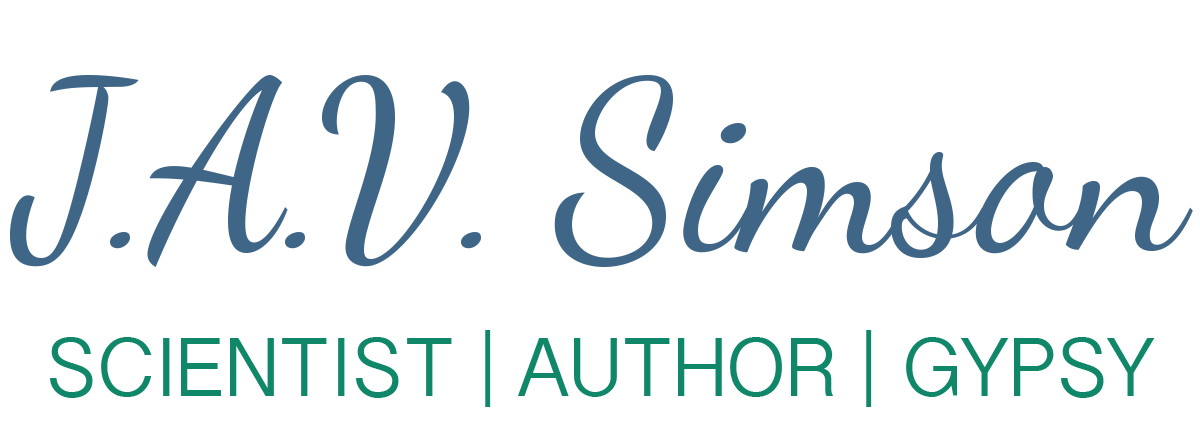For many years, stem cells have been suggested as the ideal vehicle for mending or replacing tissues damaged by disease. Experimentation has been severely hampered by technological problems in producing and obtaining genetically compatible stem cells. In addition, potential ethical issues surround obtaining and using stem cells derived from embryos.
This issue of embryonic stem cells and their use in medicine has caused considerable public controversy. Recently, however, a technique using the fully differentiated skin-cell nucleus, injected into an unfertilized ovum, may get around the concern of using embryonic cells. Moreover, this technique would make it possible to match the stem-cell genetics with the recipient’s genome. In actual practice, the process would be very expensive, and it is many years from being clinically applicable. Still, this is a medical break-through.
What are stem cells? Stem cells are cells with a full complement of genetic material that are able to differentiate into different types of cells with different functions.
In this definition, I’ve used words and phrases that are not part of standard vocabulary but are well understood by biologists. Full complement of genetic material means a cell has all the genetic material necessary for a whole organism; in the case of humans and most other animals, this means a diploid cell, or a cell that has chromosomes (and genes) from two parents. Differentiate is a verb that means to transform from one, rather general functional state to another, more specialized function. This involves permanently turning off some genes and turning on others. Different kinds of cells means cells with different functions, such as liver cells compared with cells of the pancreas. Most cells in the body are not stem cells because they are already fully differentiated or specialized. And most differentiated cells rarely divide or reproduce themselves.
Stem cells may be “pluripotent,” that is, they may be able to differentiate into many different cell types. This sort of stem cell is plentiful in embryos and is rare in adult individuals. Other stem cells may be partially differentiated; for example, they may be able to develop into one type of blood cell or another type of blood cell, but they cannot produce a skin cell. The signals for cellular differentiation come from the surrounding environment. Chemical signals may arrive through the blood stream, but more often they come from surrounding cells. Physical signals such as stretch and pressure can also play a role. Thus, if you transplant a pluripotent stem cell into a tissue, it will receive instructions from surrounding cells, and these form a sort of cellular cultural milieu, telling the stem cell what traits it should develop.
The ethical issue seems to center around the question: “Are human stem cells actually micro-humans?” The answer to this question has to be an unequivocal “NO.” Only a developed human being is actually a human, with the rights and privileges (and ethical consideration) due to a person. A cell is not a person. Our bodies contain many stem cells, but we do not thereby believe that we are several persons in one body.
It is an absurdity and a failure of our educational system that so many Americans think a single cell—or even a group of cells—should be equated with a fully developed human being.

Good presentation, Jo Anne!
Thanks! I’m long overdue in updating this blog.
Which DNA remains in the stem cells after they are assimilated into new tissue with different genetic material?
Mike, that’s a good question! In fact, all the DNA in the stem cells remains in the new tissue. Stem cells contain the same genetic material as the tissues they assimilate into. In fact, all cells in the body (except ova, sperm, and red blood cells) have the same DNA. It’s just expressed differently in different types of cells.
The “expression” of DNA happens through the production of specific proteins. If I can suggest a metaphor, different cells might be thought of as different kinds of shoppers in a grocery store. The grocery store contains a very large variety of food products (like all the DNA in the nucleus of a cell), but a particular shopper only buys some of it for their food (specific cells only produce certain proteins).
The rest of the DNA in the cell is turned off; that is, it is not used for making protein unless some signal from the outside (like a hormone, for example) causes it to turn back on.